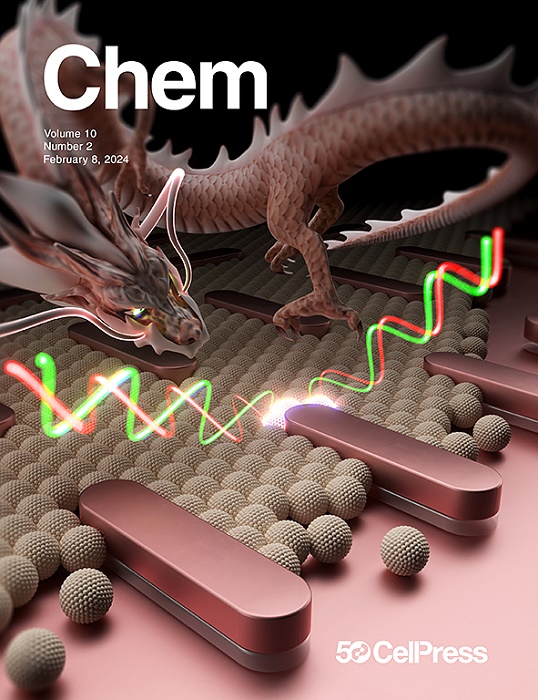Microenvironment engineering of non-noble metal alloy for selective propane dehydrogenation
IF 19.1
1区 化学
Q1 CHEMISTRY, MULTIDISCIPLINARY
引用次数: 0
Abstract
Although non-noble metal catalysts are appealing for propane dehydrogenation, achieving high propylene selectivity remains a persistent challenge, which necessitates the regulation of catalytic microenvironment. In this study, we comparatively investigate three commonly used active metals (Pt, Pd, and non-noble metal Ni) using both theoretical and experimental approaches. We find that the low selectivity of Ni-based catalysts is intrinsically attributed to a narrow interatomic distance (Δd) between Ni atoms, which promotes side reactions. Thus, Ni-based intermetallic alloys are employed to modulate Δd, whose surface microenvironment is quantified with a descriptor called degree-of-isolation. The established volcano-shaped isolation-selectivity plot provides a direct avenue for predicting propylene selectivity, which is determined by two competing variables: desorption and further dehydrogenation of propylene. The optimal catalyst, NiIn, manifests moderate Ni–C repulsion, obtaining >91% experimental propylene selectivity. This reveals the Sabatier principle over Ni-based catalysts for selective propane dehydrogenation and underscores the significance of microenvironment engineering.


用于选择性丙烷脱氢的非贵金属合金微环境工程
尽管非贵金属催化剂在丙烷脱氢中很有吸引力,但实现高丙烯选择性仍是一个长期挑战,这就需要对催化微环境进行调节。在本研究中,我们采用理论和实验方法对三种常用活性金属(铂、钯和非贵金属镍)进行了比较研究。我们发现,镍基催化剂选择性低的内在原因是镍原子间的原子间距(Δd)较窄,这会促进副反应。因此,我们采用镍基金属间合金来调节 Δd,其表面微环境可通过一种称为隔离度的描述符来量化。已建立的火山状分离选择性曲线图为预测丙烯选择性提供了直接途径,丙烯选择性由两个竞争变量决定:丙烯的解吸和进一步脱氢。最佳催化剂 NiIn 表现出适度的 Ni-C 排斥,获得了 91% 的实验丙烯选择性。这揭示了用于选择性丙烷脱氢的镍基催化剂的萨巴蒂尔原理,并强调了微环境工程的重要性。
本文章由计算机程序翻译,如有差异,请以英文原文为准。
求助全文
约1分钟内获得全文
求助全文
来源期刊

Chem
Environmental Science-Environmental Chemistry
CiteScore
32.40
自引率
1.30%
发文量
281
期刊介绍:
Chem, affiliated with Cell as its sister journal, serves as a platform for groundbreaking research and illustrates how fundamental inquiries in chemistry and its related fields can contribute to addressing future global challenges. It was established in 2016, and is currently edited by Robert Eagling.
 求助内容:
求助内容: 应助结果提醒方式:
应助结果提醒方式:


